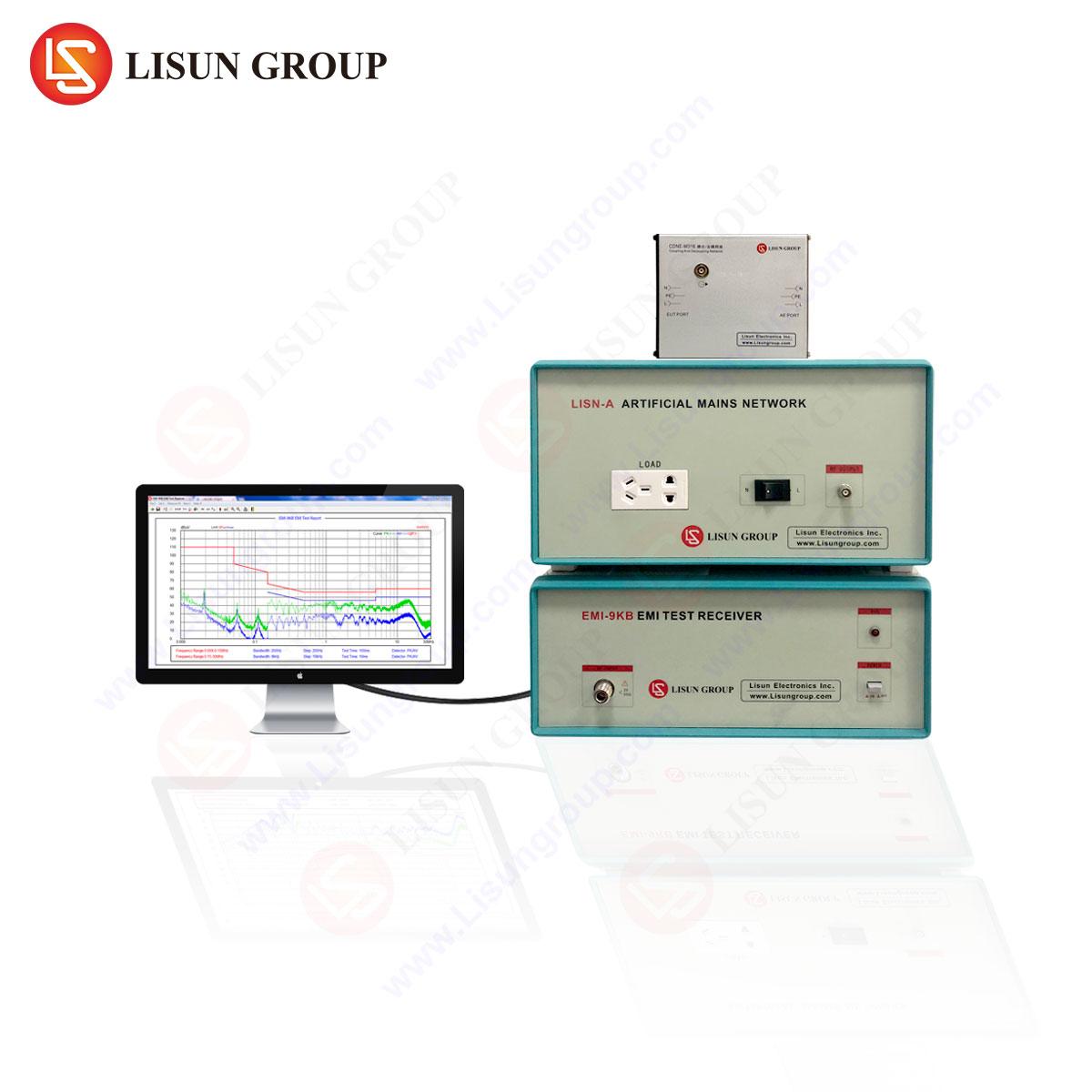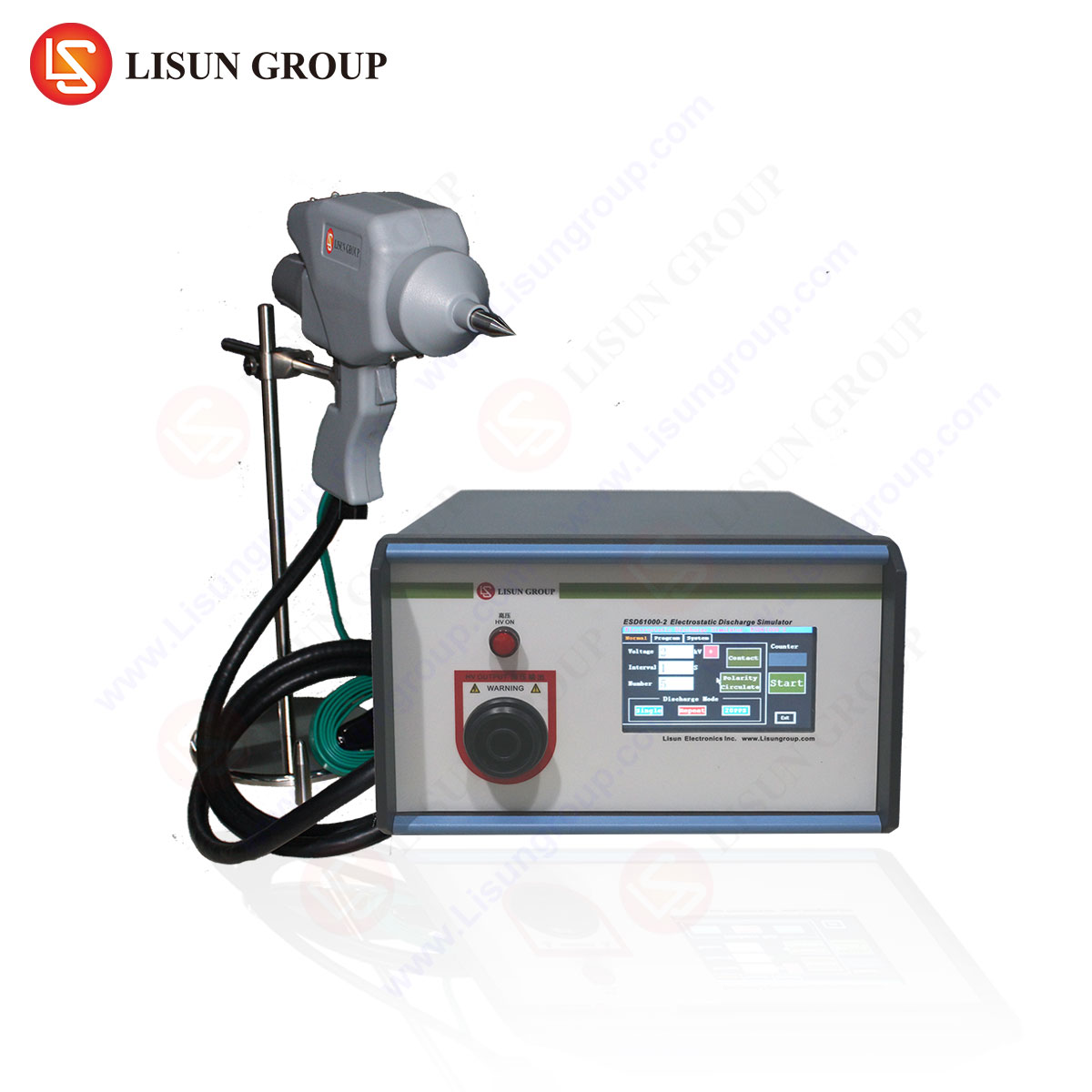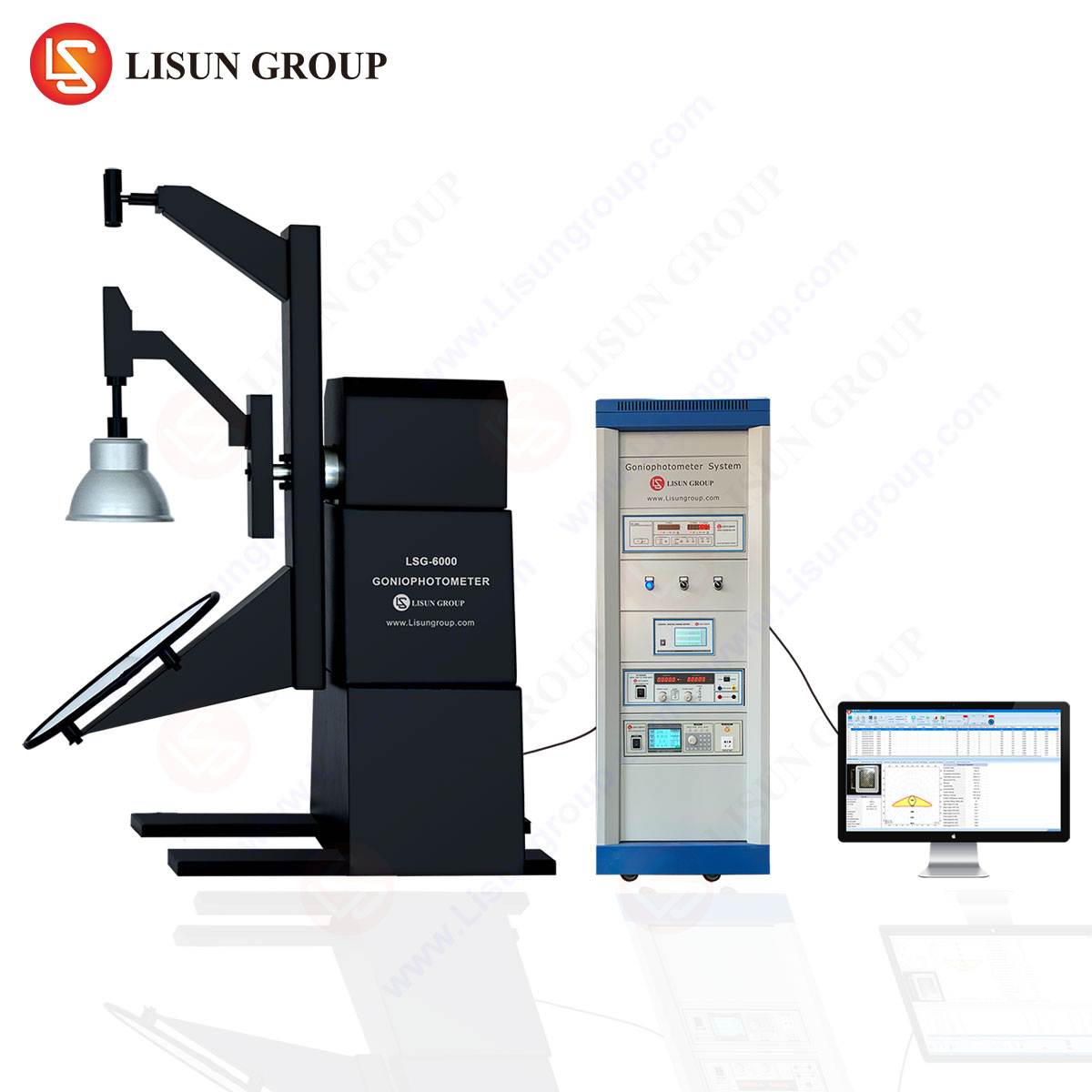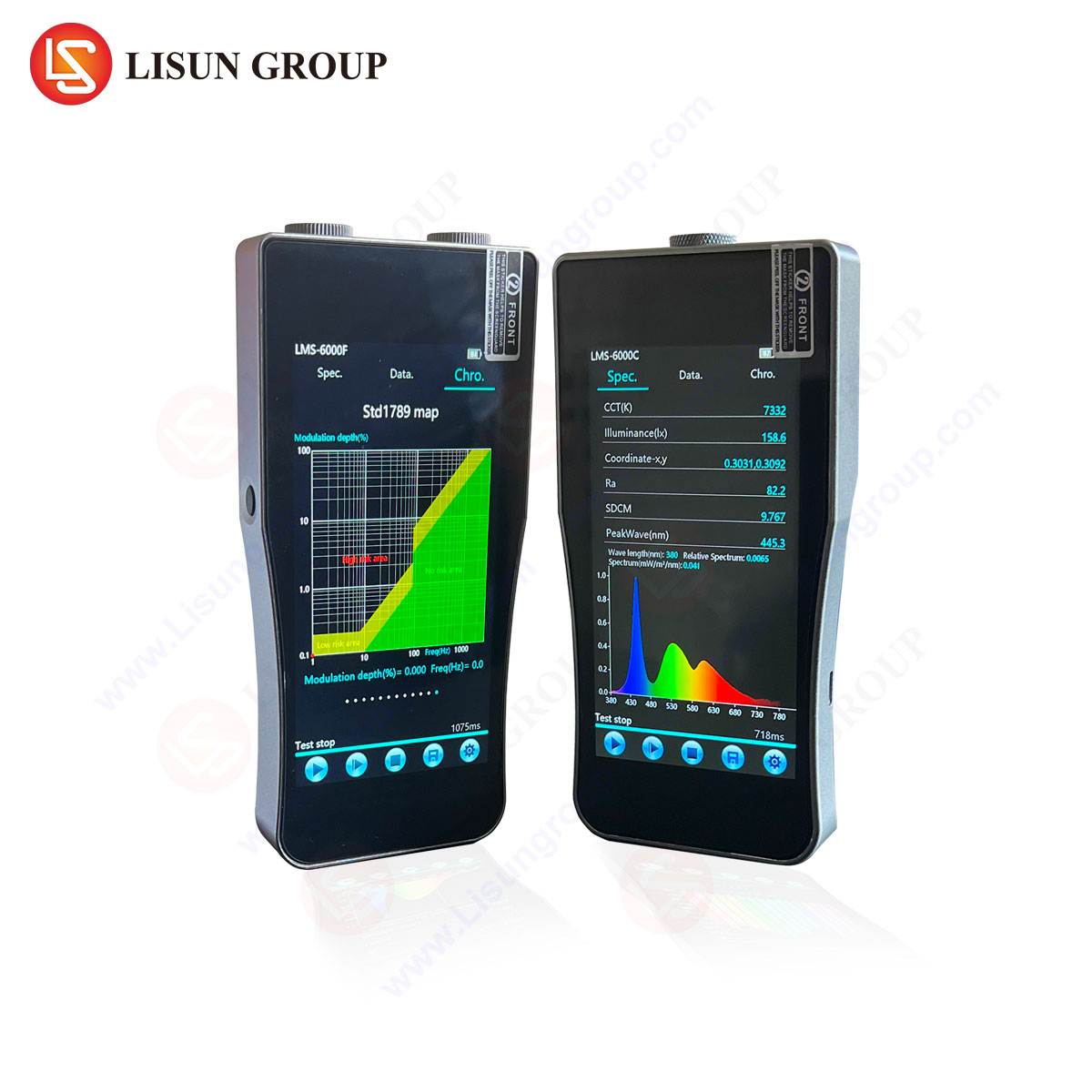Fundamentals of Luminous Flux Quantification via Spherical Integration
The accurate measurement of luminous flux is a cornerstone of photometric science, critical for characterizing the total light output of a source. Unlike illuminance or luminance, which quantify light as perceived at a surface or from a direction, luminous flux represents the total radiant power emitted by a light source, adjusted for the spectral sensitivity of the human eye. The integrating sphere, a device whose development traces back to the late 19th century, remains the preeminent apparatus for this measurement. Its operation is predicated on the principle of spatial integration, creating a uniform radiance field within its cavity that is directly proportional to the total flux of the source under test. This article delineates the theoretical underpinnings, operational methodologies, and advanced applications of integrating sphere systems, with a specific examination of the LISUN LPCE-2 Integrating Sphere Spectroradiometer System as a paradigm of modern photometric testing technology.
The Principle of Spatial Integration in a Spherical Cavity
An integrating sphere is a hollow spherical cavity whose interior is coated with a highly diffuse, highly reflective, and spectrally neutral material, typically Barium Sulfate (BaSO₄) or Polytetrafluoroethylene (PTFE). When a light source is placed inside the sphere, the light undergoes multiple diffuse reflections. With each reflection, the spatial information of the original beam is lost, and the light becomes uniformly distributed across the entire inner surface of the sphere. This process creates a spatially integrated light field. The fundamental equation governing the sphere’s behavior is derived from the theory of radiation exchange within an enclosure. The irradiance, E, at any point on the sphere wall, for a source emitting total flux Φ, is given by:
E = (Φ ρ) / (4 π r² (1 – ρ))
where ρ is the average diffuse reflectance of the sphere wall, and r is the sphere’s radius. A detector, typically a spectroradiometer or a photometer head, is placed at a port on the sphere and views a baffle that shields it from direct illumination from the source. The detector thus measures only the spatially integrated radiance, which is proportional to the total luminous flux of the source. The sphere’s efficiency is characterized by its “sphere multiplier,” M = ρ/(1-ρ), which amplifies the signal available to the detector.
System Architecture of a Modern Spectroradiometer-Based Integrating Sphere
Contemporary systems have evolved beyond simple photometer detection to incorporate spectroradiometers, enabling spectral power distribution (SPD) measurements from which all photometric and colorimetric quantities can be derived. A complete system, such as the LISUN LPCE-2, comprises several key components. The sphere itself is constructed from two hemispheres, with a diameter selected based on the size and total flux of the sources to be measured; larger spheres are necessary for high-power sources to avoid localized heating and detector saturation. The interior coating must maintain high reflectivity (often >95%) across the visible spectrum and into the near-UV and near-IR to ensure accuracy for a wide range of light sources, including LEDs and OLEDs.
The detection subsystem consists of a fiber-optic cable that collects light from a sphere port and transmits it to a high-precision CCD spectroradiometer. This instrument disperses the light via a diffraction grating and measures the intensity at each wavelength, producing a complete SPD. The system is controlled by dedicated software that manages data acquisition, performs necessary calculations (e.g., applying the CIE V(λ) function for photometry), and generates comprehensive test reports. The integrity of the system is maintained through rigorous calibration against a standard lamp of known luminous flux and correlated color temperature (CCT), traceable to national metrology institutes.
The LISUN LPCE-2 System: Specifications and Operational Workflow
The LISUN LPCE-2 Integrating Sphere Spectroradiometer System is engineered for high-accuracy testing of LED lamps, modules, and other light sources. Its specifications are tailored to meet international standards such as CIE 84, CIE 121, IESNA LM-79, and EN13032-1.
Key Specifications:
- Integrating Sphere: Available in diameters of 1.0m, 1.5m, and 2.0m.
- Internal Coating: High-reflectivity, spectrally flat BaSO₄ coating.
- Spectroradiometer: Wavelength range of 380nm to 800nm, with a typical wavelength accuracy of ±0.3nm.
- Measured Parameters: Luminous Flux (lm), Luminous Efficacy (lm/W), CCT (K), CRI (Ra), Chromaticity Coordinates (x, y, u’, v’), Peak Wavelength, Dominant Wavelength, Spectral Power Distribution, and FWHM (Full Width at Half Maximum).
- Software: Windows-based application for system control, calibration, data analysis, and report generation in PDF or Excel formats.
The operational workflow for absolute luminous flux measurement with the LPCE-2 system is a multi-step process. First, the system is calibrated using a reference standard lamp with a NIST-traceable luminous flux value. The standard lamp is energized at its specified operating current and voltage until it stabilizes. The spectroradiometer measures the signal from the sphere with the standard lamp inside, and the software establishes a calibration coefficient. Subsequently, the standard lamp is replaced with the Device Under Test (DUT). The DUT is operated under its rated conditions, and the spectroradiometer measures the signal again. The software then calculates the absolute luminous flux of the DUT by comparing its signal to the calibrated signal from the standard lamp, applying corrections for any differences in spectral distribution between the standard and the DUT.
Correcting for Spectral and Spatial Mismatch Errors
A critical aspect of high-precision photometry is the correction of systematic errors. Two predominant errors in integrating sphere measurements are spectral mismatch and spatial non-uniformity. Spectral mismatch occurs because the spectral responsivity of the detection system (spectroradiometer plus sphere coating) is not perfectly identical to the CIE standard photopic observer V(λ) function. The LPCE-2 system’s software employs correction algorithms that use the measured SPD of the DUT to compute the precise photopic luminous flux, effectively mitigating this error.
Spatial non-uniformity, or spatial response error, arises because the DUT and the standard lamp may have different physical sizes, shapes, and spatial intensity distributions. A bare LED chip, for instance, has a radically different emission pattern than an incandescent standard lamp. This can lead to different light distribution patterns inside the sphere, altering the sphere’s effective multiplier. To correct for this, an auxiliary lamp, often referred to as a “subsidiary” or “second” lamp, is permanently mounted on the sphere. A spatial response correction procedure is performed during calibration. By measuring the sphere’s response when the auxiliary lamp is lit with and without the standard lamp (or a surrogate) in place, a correction factor for the specific DUT type can be determined and applied, ensuring accuracy regardless of the source’s geometry.
Industry-Specific Applications and Use Cases
The versatility of the integrating sphere spectroradiometer system makes it indispensable across a multitude of industries where precise light measurement is paramount.
- LED & OLED Manufacturing: In mass production, the LPCE-2 system is used for binning LEDs according to luminous flux and chromaticity coordinates to ensure color and brightness consistency. For OLED panels used in displays and lighting, it quantifies total emitted flux and angular color uniformity.
- Automotive Lighting Testing: The system verifies the total light output of interior lighting (dome lights, instrument panels) and exterior signal lamps (LED taillights, daytime running lights), ensuring compliance with standards such as SAE J578 and ECE regulations.
- Aerospace and Aviation Lighting: Cockpit displays, panel backlighting, and emergency lighting strips require rigorous testing for luminous flux and color to guarantee readability and safety under all ambient light conditions, adhering to FAA and EASA specifications.
- Display Equipment Testing: For backlight units (BLUs) in LCDs and self-emissive micro-LED displays, the system measures the total flux and color gamut, which are critical metrics for display performance and quality control.
- Photovoltaic Industry: While not for light emission, integrating spheres with specialized coatings are used to measure the total diffuse reflectance of solar cell surfaces and anti-reflective coatings, a key parameter for efficiency.
- Optical Instrument R&D: The system characterizes the output of calibration sources for microscopes, endoscopes, and other optical devices, ensuring the reliability of the illumination system.
- Scientific Research Laboratories: In vision science and colorimetry research, the system provides the foundational data (SPD and total flux) for studying material interactions with light and human perceptual responses.
- Urban Lighting Design: It is used to validate the performance claims of LED streetlights and architectural luminaires, aiding in the selection of products that meet specific photometric requirements for public spaces.
- Marine and Navigation Lighting: The precise measurement of luminous flux is critical for navigation lights, buoy lights, and searchlights to ensure they meet the intensity and color requirements stipulated by the International Maritime Organization (IMO) and COLREGs.
- Stage and Studio Lighting: LED-based stage lights are tested for their total output and color rendering index (CRI) to ensure they provide sufficient illumination and accurate color reproduction for broadcast and live performance.
- Medical Lighting Equipment: The performance of surgical lights, dental curing lights, and phototherapy lamps is validated for intensity and spectral composition, which are directly linked to their efficacy and patient safety.
Comparative Advantages of Spectroradiometric Systems over Photometric Detectors
The integration of a spectroradiometer, as found in the LPCE-2 system, confers significant advantages over systems using a V(λ)-corrected photodiode alone. A photometer provides a single photometric value but contains no spectral information. A spectroradiometer captures the entire SPD, from which a vast array of photometric and colorimetric data can be computed with high accuracy. This includes Correlated Color Temperature (CCT), Color Rendering Index (CRI), chromaticity coordinates, and dominant wavelength. This multi-parameter capability from a single measurement enhances testing efficiency and provides a more complete characterization of the light source. Furthermore, because the spectroradiometer’s responsivity is software-defined and calibrated, it avoids the inherent physical limitations and aging effects associated with fabricating a perfect hardware V(λ) filter, leading to superior long-term accuracy and stability, especially for narrow-band sources like LEDs where spectral mismatch errors can be pronounced.
Ensuring Metrological Traceability and Compliance with International Standards
The validity of any photometric measurement is contingent upon its traceability to the International System of Units (SI). The calibration chain for an integrating sphere system begins with a primary standard, typically a group of specially constructed and operated incandescent lamps maintained by a National Metrology Institute (NMI) like NIST or PTB. These primary standards are used to calibrate secondary standard lamps, which are in turn used to calibrate working standard lamps, such as those supplied with the LPCE-2 system. This unbroken chain of comparisons, each with a stated uncertainty, ensures that measurements are internationally comparable and legally defensible. Adherence to standards such as IES LM-79, which prescribes the methods for electrical and photometric testing of solid-state lighting products, is not merely a matter of best practice but a prerequisite for market access and product certification in many regions.
Frequently Asked Questions (FAQ)
Q1: What is the difference between a 1-meter and a 2-meter diameter integrating sphere, and how do I select the correct size?
The sphere size is primarily determined by the size and total luminous flux of the Device Under Test (DUT). A 1-meter sphere is suitable for small, low-to-medium power sources like individual LED packages or small LED bulbs. A 2-meter sphere is necessary for larger, high-power sources such as LED streetlights or high-bay luminaires. Using an undersized sphere for a high-flux source can lead to errors due to localized heating, changes in sphere coating properties, and detector saturation. The general rule is that the DUT should occupy no more than 2-5% of the sphere’s internal volume.
Q2: Why is a spectroradiometer preferred over a simple photometer for luminous flux measurement?
A photometer provides only a luminous flux value. A spectroradiometer measures the complete Spectral Power Distribution (SPD). From the SPD, the system software can not only calculate luminous flux with high accuracy (correcting for spectral mismatch) but also derive a full suite of colorimetric data including Chromaticity, CCT, and CRI. This provides a more comprehensive and efficient characterization of the light source in a single measurement.
Q3: How often does an integrating sphere system like the LPCE-2 require recalibration?
The recommended recalibration interval is typically 12 months. This ensures measurement uncertainty remains within specified limits. However, the interval may be shortened if the system is used in a harsh environment, subjected to frequent use, or if a critical measurement discrepancy is suspected. Calibration should always be performed using a NIST-traceable standard lamp.
Q4: Can the LPCE-2 system measure the luminous flux of a light source with a highly directional beam, such as a spotlight?
Yes, but it requires the application of a spatial response correction. Directional sources can cause significant spatial distribution errors because their light pattern inside the sphere differs from that of the omnidirectional standard lamp used for calibration. The LPCE-2 system’s methodology includes a procedure to characterize and correct for this error using an auxiliary lamp, ensuring accurate results for sources with non-uniform spatial distributions.
Q5: What are the key factors that affect the accuracy of an integrating sphere measurement?
Key factors include: the sphere’s diameter and coating reflectivity/spectral neutrality; the accuracy and traceability of the calibration standard; the precision and wavelength accuracy of the spectroradiometer; the stability of the DUT’s power supply; and the proper application of spectral and spatial correction algorithms within the software. Environmental conditions, such as ambient temperature and stray light, must also be controlled.







